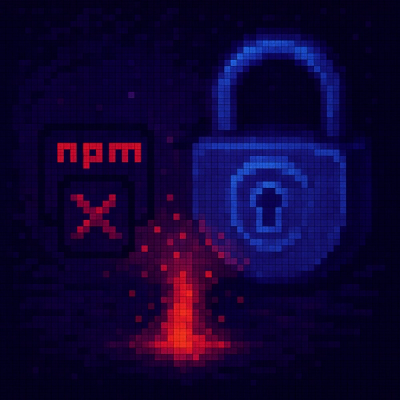
Security News
Software Engineering Daily Podcast: Feross on AI, Open Source, and Supply Chain Risk
Socket CEO Feross Aboukhadijeh joins Software Engineering Daily to discuss modern software supply chain attacks and rising AI-driven security risks.
collar.js-dev-client
Advanced tools
This tool is used to collect dev information in your collar.js based application.
For node.js application
npm install collar.js-dev-client --save-dev
For web application, you can directly download it from github:
https://github.com/bhou/collarjs-dist
For node.js application
const DevToolAddon = require('collar.js-dev-client');
collar.use(new DevToolAddon());
For web application
<script src="collar.js-dev-client.js"></script>
It will register a global variable DevToolAddon;
collar.use(new DevToolAddon());
You can pass options to the DevToolAddon constructor:
You need to use the right version of collar.js-dev-client to match the collar dev server version.
Usually both of them use the same major version to keep the compatibility:
collar-dev-server v0.* matches collar.js-dev-client v0.* collar-dev-server v1.* matches collar.js-dev-client v1.*
FAQs
collar.js client side dev tool
We found that collar.js-dev-client demonstrated a not healthy version release cadence and project activity because the last version was released a year ago. It has 1 open source maintainer collaborating on the project.
Did you know?

Socket for GitHub automatically highlights issues in each pull request and monitors the health of all your open source dependencies. Discover the contents of your packages and block harmful activity before you install or update your dependencies.

Security News
Socket CEO Feross Aboukhadijeh joins Software Engineering Daily to discuss modern software supply chain attacks and rising AI-driven security risks.

Security News
GitHub has revoked npm classic tokens for publishing; maintainers must migrate, but OpenJS warns OIDC trusted publishing still has risky gaps for critical projects.

Security News
Rust’s crates.io team is advancing an RFC to add a Security tab that surfaces RustSec vulnerability and unsoundness advisories directly on crate pages.